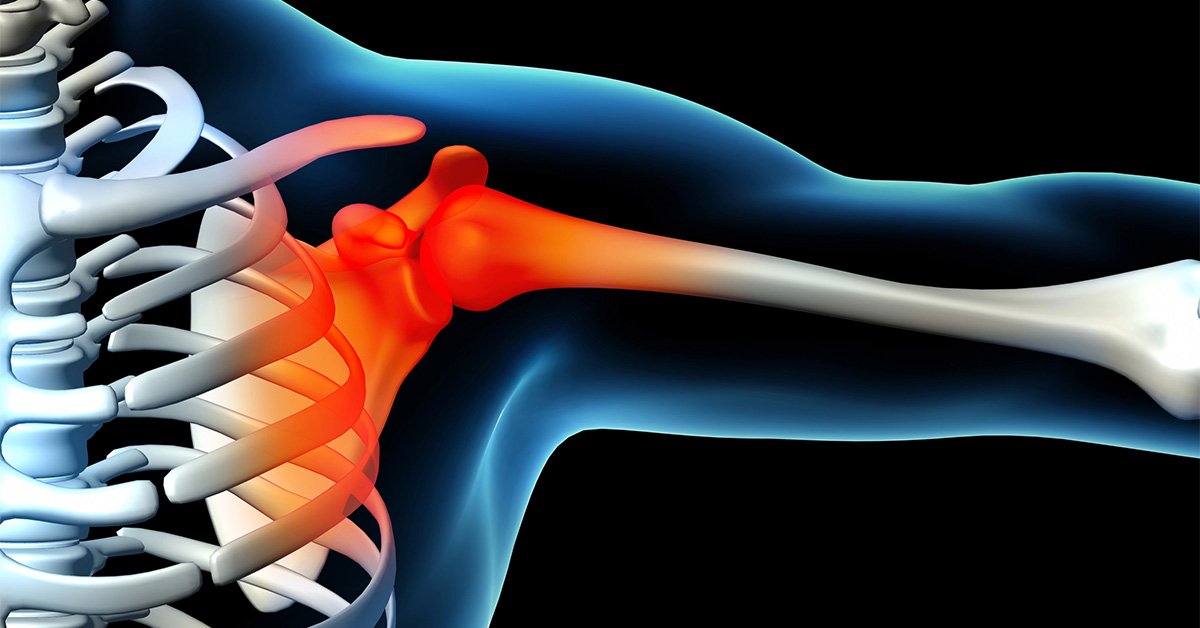
Does a SLAP Tear Heal on Its Own?
A SLAP tear, or Superior Labrum Anterior and Posterior tear, is an injury to the ring of cartilage (labrum) that surrounds the socket of the shoulder joint. This type of tear can cause significant pain, instability, and limited range of motion in the shoulder. If you suspect you have a SLAP tear, you might wonder whether it can heal on its own or if medical intervention is necessary.
Understanding SLAP Tears
The labrum helps to stabilize the shoulder by keeping the ball of the joint in place. A SLAP tear occurs at the top of the labrum where it attaches to the biceps tendon. This injury is common among athletes involved in overhead activities, such as throwing or lifting, and can also result from acute trauma like a fall or sudden pull on the arm.
Symptoms of a SLAP Tear
- Shoulder Pain: Often felt deep within the shoulder, especially with overhead movements.
- Catching or Locking Sensation: The shoulder may feel like it’s catching or locking during certain movements.
- Weakness: Reduced strength in the shoulder, particularly when lifting or rotating the arm.
- Instability: A feeling of the shoulder being unstable or slipping out of place.
Can a SLAP Tear Heal on Its Own?
The healing potential of a SLAP tear depends on several factors, including the severity of the tear, the patient’s age, overall health, and activity level. Here’s what you need to know:
- Minor Tears: Small, minor tears may heal on their own with proper rest and conservative treatment. This includes avoiding activities that exacerbate the pain, applying ice, and taking anti-inflammatory medications to reduce pain and swelling.
- Rest and Activity Modification: Allowing the shoulder to rest and avoiding activities that aggravate the injury can help reduce symptoms and promote healing. Gradually reintroducing activities as the pain decreases can aid in recovery.
- Physical Therapy: A structured physical therapy program can help strengthen the muscles around the shoulder, improve flexibility, and support the healing process. Exercises focusing on the rotator cuff and scapular stabilizers can enhance shoulder stability and function.
When to Consider Medical Intervention
While some SLAP tears may improve with conservative treatment, others may require more intensive intervention. It’s essential to seek medical advice if:
- Persistent Pain: Pain continues despite rest and conservative treatments.
- Limited Function: You experience ongoing difficulty with shoulder movement and strength.
- High Activity Level: Athletes or individuals with physically demanding jobs may need more aggressive treatment to return to their activities.
Surgical Options
If non-surgical treatments fail to provide relief, surgical intervention may be necessary. Surgical options include:
- Arthroscopic Repair: A minimally invasive procedure where the surgeon uses small instruments and a camera to repair the tear.
- Debridement: Removing the frayed edges of the torn labrum to reduce irritation.
- Biceps Tenodesis: Reattaching the biceps tendon to a different part of the shoulder to relieve tension on the labrum.
While some SLAP tears may heal on their own with conservative treatment, others may require medical intervention for complete recovery. Rest, physical therapy, and activity modification are crucial first steps in managing a SLAP tear. However, if symptoms persist, consulting with a healthcare professional is essential to determine the best course of action. Early diagnosis and appropriate treatment can help restore shoulder function and alleviate pain, allowing you to return to your normal activities.
